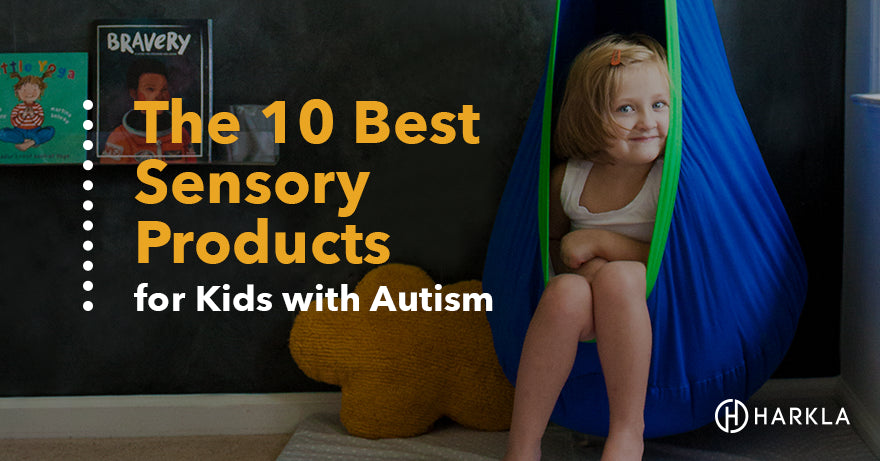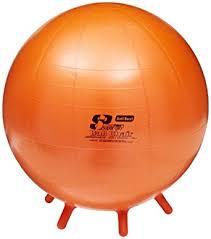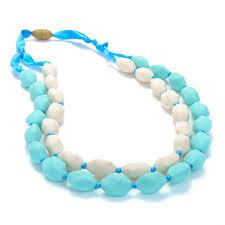Your Cart is Empty

In 2014, the U.S. Centers for Disease Control reported that 1 in 68 school-aged children were diagnosed with Autism Spectrum Disorder. A more recent parent survey conducted by the National Center for Health Statisticsputs that number much higher, reporting 1 in 45 children aged 3 and older have autism. The STAR institute estimates, based on their research, that 75% of children with autism have “significant symptoms of sensory processing disorder.”
Given that high correlation and comorbidity rate, a multi-sensory approach to therapy and teaching for children with autism is a likely approach!
Before we dive into which autism sensory products are our favorite, let's give you a quick overview of sensory integration therapy and how it relates to the products below.
If you'd like a more in-depth look at sensory integration therapy, you can see our article on that here.
For children who are demonstrating difficulty with sensory processing, or who are diagnosed with Sensory Processing Disorder, sensory integration therapy (SI) can be helpful in remediating some of the issues that result from the way a child processes sensory stimuli. Sensory integration therapy includes specific activities to target a child’s ideal arousal level, sensory regulation, and adaptive responses.
Occupational therapists (OT) who specialize in sensory integration theory have extensive background knowledge and experience assessing sensory processing and building therapeutic programs that meet your child’s individual sensory needs. Through direct treatment and ongoing monitoring of your child’s responses, an SI-based OT can select complementary therapies to target tactile, vestibular, visual, auditory, and feeding concerns.
Sensory Integration Therapy is a child-centered and family-centered approach that ideally extends those therapeutic approaches used in a sensory-rich therapy gym into your family’s real-life experiences. By working in collaboration with parents, therapists develop sensory diet activities and sensory lifestyle choices that help your child across situations, environments, and people.
Online directories can help you locate an SI-based therapist in your area and these helpful tips are guidelines on what to ask a prospective therapist.
Whether your child is at home or in school, a multi-sensory environment tailored to his/her sensory needs may be effective in increasing purposeful engagement, language interactions, and positive behavior. Because each child responds differently, and each environment presents different sensory stimuli, it is important to consider sensory products in terms of sensory “categories” based on the desired outcome you want to see!
Products that you choose for the home may be used differently than a teacher would use them at school. For example, a therapy ball in your basement playroom could be used to push through a tunnel to provide some extra proprioceptive “heavy work” whereas a teacher may have a student sit on the therapy ball for a little extra movement during seated tasks to increase focus.
Some of the sensory products that give you ‘the most bang for your buck’ will have multiple possibilities and ways to target different sensory systems!
Our top 10 Best Sensory Products for Children with Autism were chosen to specifically target the 8 sensory systems:

While not everyone is lucky enough to be able to install a traditional indoor swing from a beam in your ceiling, there are numerous options for doorway swings, tripod-frame swing sets, and outdoor swings from trees or existing playsets.
All of these options will provide your child with the vestibular input they need. There’s a lot to consider when choosing a swing, so feel free to email us with questions!
To take a look at the swings we love! Check out our pod swing and our compression swing!
You can read more about the benefits of sensory swings for those with autism here.
Think of it as the simplest, safest way to get proprioceptive input! Crawl over it, jump & crash, creep under & squish. It’s a versatile sensory product that offers safety reassurance too.
Sustained jumping can provide vestibular and proprioceptive input simultaneously which is a great combination to assist with regulation.
Deep vibration to the whole body (also called “buzzing”) can have a calming effect.

Roll over it, squish under it, bounce, sit, throw/catch/kick, and even jump on top (supported by a helper) - this is a versatile addition to a sensory play space with multiple functions.
4-wheeled scooters are versatile to work on core strength, endurance, and motor planning. Scooter downhill for extra vestibular input or uphill for proprioceptive input.
From obstacle courses to simple tasks, scooters support sensory needs in a variety of ways.
These sensory products offer a quiet space for kids with the added comfort of pushing, pulling, and squeezing through stretchy material.
Great for on-the-go, fidgets are for kids who need to stim! Tactile fidgets can redirect busy hands in a purposeful way AND meet sensory needs
We all need a quiet zone to go and ‘check out.’ Whether it’s a tent, teepee, tunnel, beanbag chair, or a closet, a sensory deprivation zone is key to reduce overstimulation.
Want to learn more about creating sensory spaces? Read our article on building a sensory room!

Chewelry, vibration tools, chewy straws, and other oral motor toys. Oral sensory stimulation is an important regulation assistant for many kids. Consider sensory products that meet your child’s oral sensory needs in addition to a varied texture diet.
There is an overwhelming number of sensory products available for your child’s sensory needs! Considering products that can serve multiple purposes will help you lower the cost of your sensory supplies while also meeting your child’s ever-changing sensory needs.
Do you have any favorites you think should be on the list? Let us know in the comments!
Love the helpful info thank you for specifics re sensory issues
Hey Jeremy,
Thank you for your feedback! We’re so glad you found this article helpful.
Take care,
Nicole
Harkla Happiness Ninja
Thanks for sharing some great tips on what sensory products may suit best a child with autism! I liked that you mentioned that motor skills, strength, and endurance of the child will be able to be worked on when we get them a 4-wheeled scooter. That’s perfect since I’m thinking of what I can gift my nephew since they’ll be visiting for the holidays. I’ll try looking for one later and hope that he’ll enjoy his gift. https://fabricforwellness.com/products/sensory-compression-sleeping-bag-for-children-with-sensory-disorder
Comments will be approved before showing up.



Nicole
August 20, 2019
Hi Mary,
We’re glad you found the info helpful. Thank you so much for visiting our blog!
All the best,
Nicole from Harkla